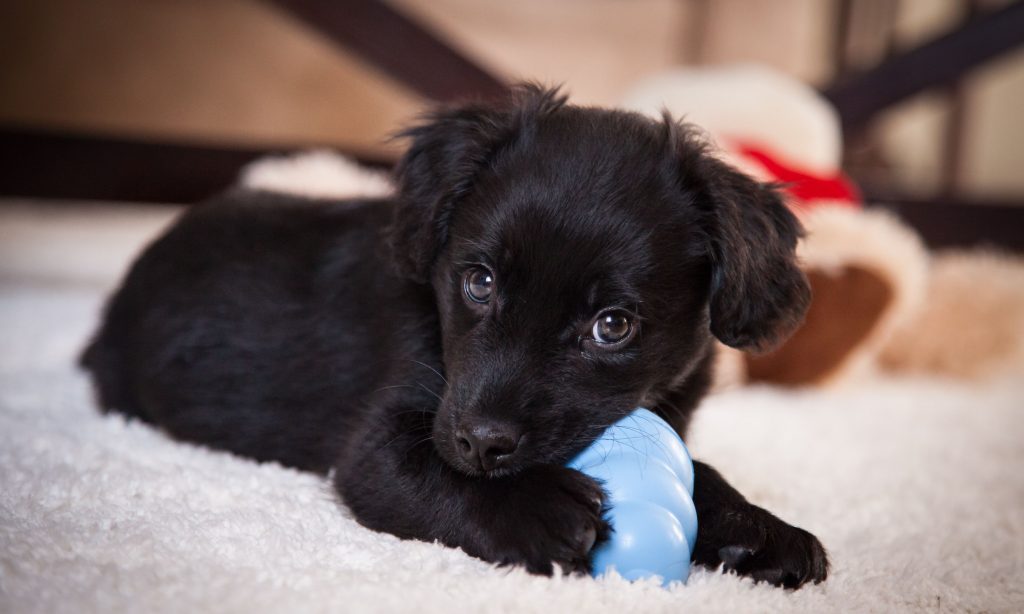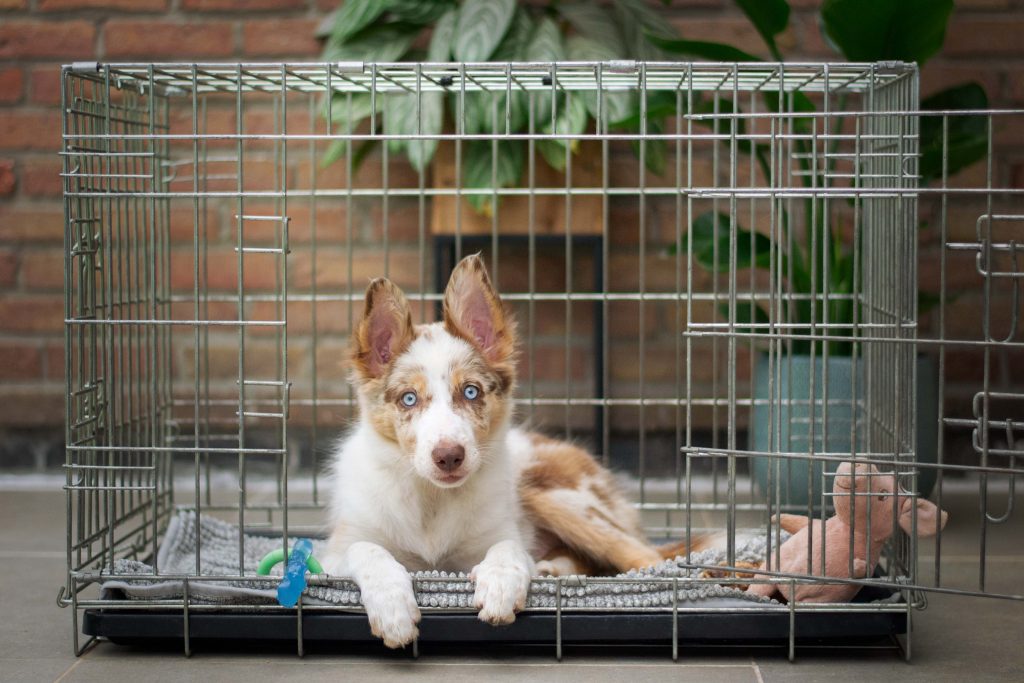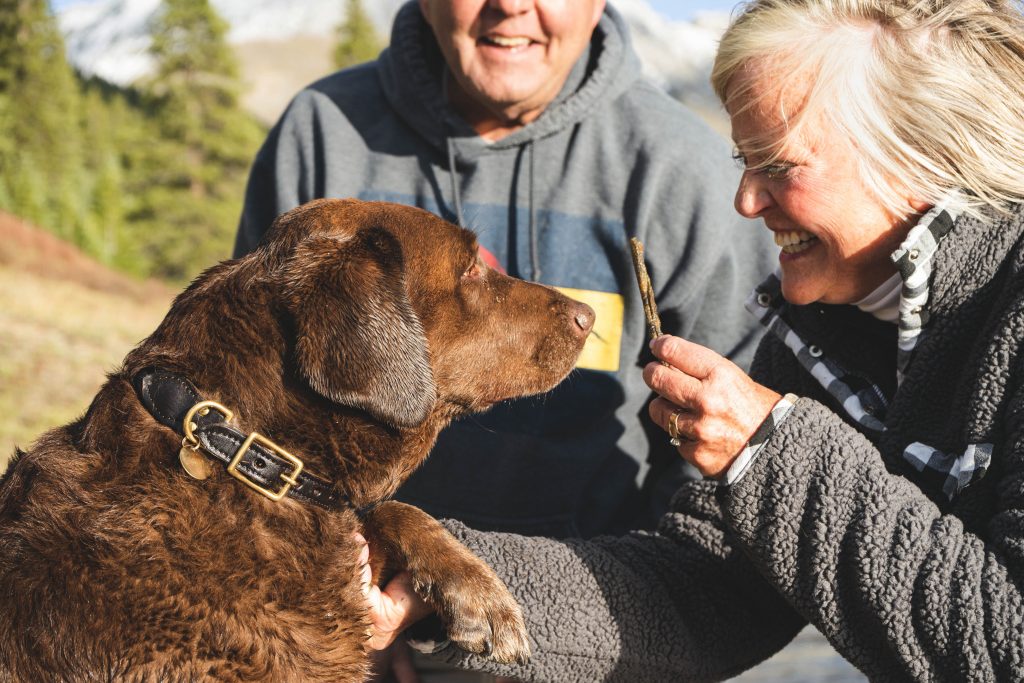The post aims to educate dog parents on the importance of proper training techniques for raising a well-behaved and well-adjusted puppy. By providing a comprehensive list of 10 essential training techniques, including positive reinforcement, socialization, basic obedience training, potty training, leash training, crate training, and behavior problem-solving. Additionally, the blog will help dog parents understand the importance of consistency and patience in the training process, and provide them with the tools and resources they need to achieve positive results. The goal is to help dog parents raise the perfect puppy and make them confident and happy dog parents.
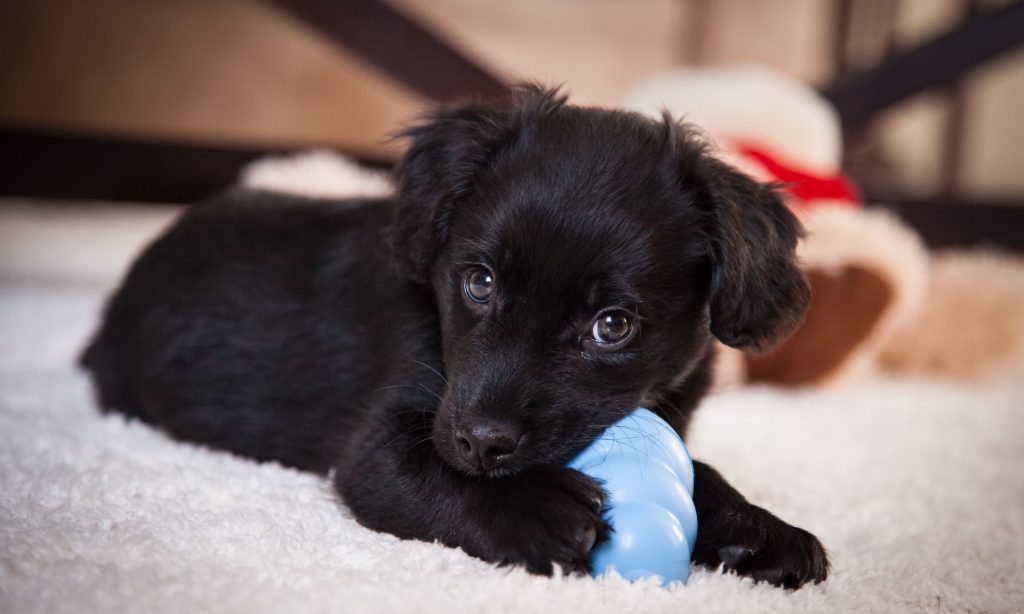
Raising a new puppy is an exciting and rewarding experience, but it can also be challenging. Proper training is essential for creating a well-behaved and well-adjusted adult dog. In this blog post, we will discuss 10 essential training techniques that will help you raise the perfect puppy.
1. Positive reinforcement:
Positive reinforcement is one of the most effective training techniques for puppies. Use treats, toys, and verbal praise to reward the puppy for desired behaviors. This will encourage the puppy to repeat those behaviors.
2. Socialization:
Socialization is essential for puppies. Expose your puppy to a variety of people, animals, and environments in a controlled and positive way. This will help them to become well-adjusted and confident adult dogs.
3. Basic obedience training:
Teaching your puppy basic commands such as sit, stay, come, and heel will help them understand what is expected of them and will make them easier to manage.
4. Potty training:
Potty training is an important part of puppyhood. Teaching your puppy to go potty in a specific area and on a schedule will help to keep your home clean and will prevent accidents.
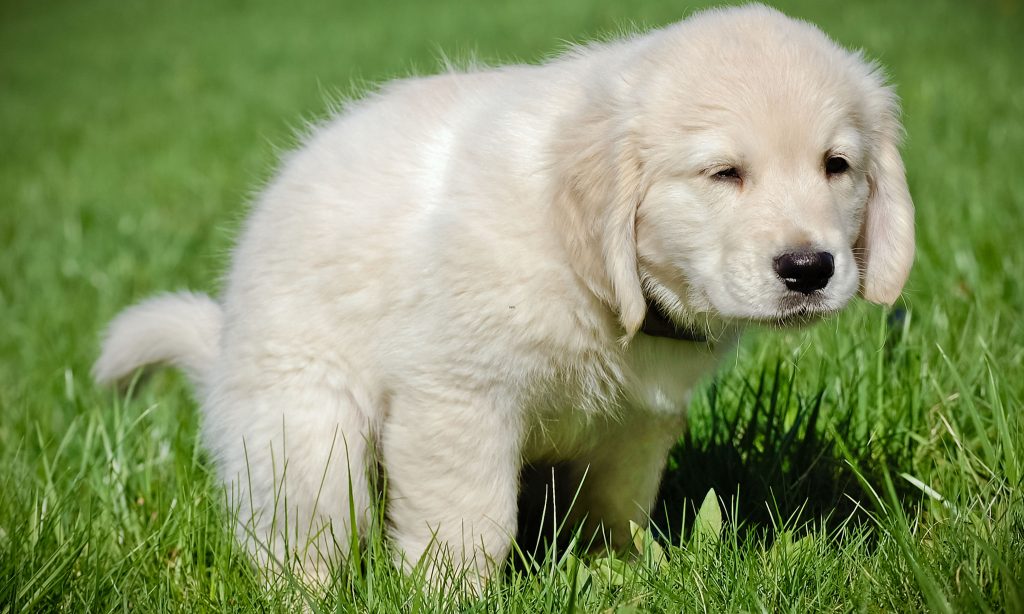
5. Leash training:
Teaching your puppy to walk on a leash calmly and without pulling will make it easier to take them out for walks and will prevent them from getting loose.
6. Crate training:
Crate training can provide your puppy with a safe and secure place to rest and will help with potty training.
7. Basic manners:
Teaching your puppy basic manners such as not jumping on people or begging for food will make them more pleasant to be around and will help prevent behavioral issues.
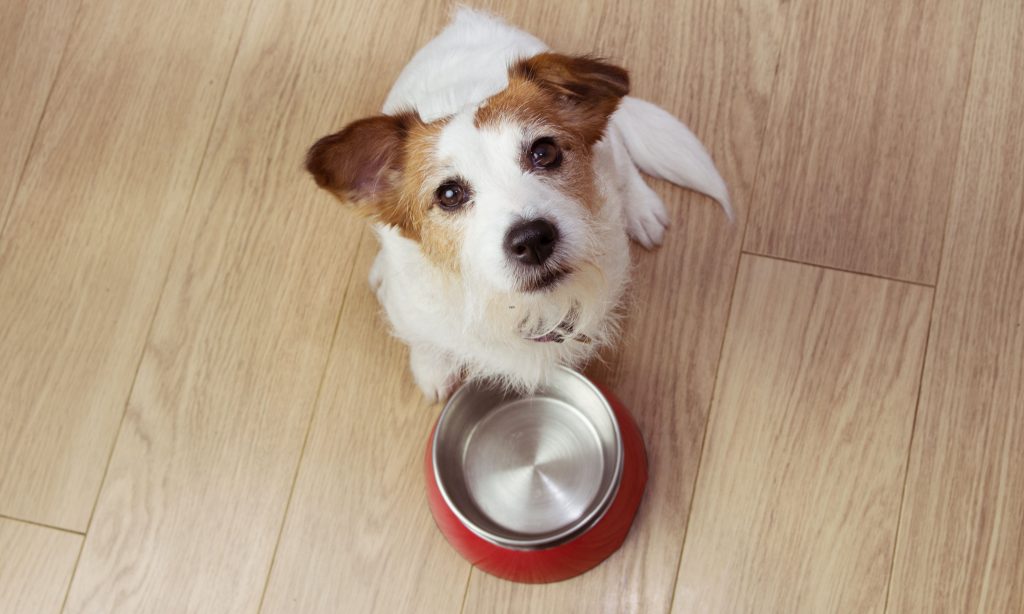
8. Behavioral problem solving:
Identifying and addressing any behavioral issues that may arise early on such as biting, chewing, and barking will prevent them from becoming more severe and harder to solve in the future.
9. Training with distractions:
Teaching your puppy to respond to commands even with distractions around will help them to be well-behaved in a variety of environments.
10. Consistency:
Being consistent in training and management will help your puppy to learn quickly and will prevent confusion.
It is important to remember that training should be fun for both you and your puppy, patience is key and to be consistent with the training process. Additionally, it is important to consider seeking professional help if you have any difficulties with the training.
If you want to learn more about how to raise the perfect puppy, visit our website and chat with our experts. We are dedicated to helping dog parents achieve positive results and raise confident and happy puppies. With the right training techniques and a little patience, you can raise a well-behaved and well-adjusted adult dog.
Conclusion:
Raising a new puppy can be a challenging but rewarding experience. Proper training is essential for creating a well-behaved and well-adjusted adult dog. By implementing the 10 essential training techniques discussed in this blog post, including positive reinforcement, socialization, basic obedience training, potty training, leash training, crate training, basic manners, behavioral problem solving, training with distractions, and consistency, you can set your puppy up for success and raise the perfect dog. Remember that patience and consistency is key, and don’t hesitate to seek professional help if you have any difficulties with the training.

Frequently Asked Questions:
What are some common puppy training mistakes?
Some common puppy training mistakes include using punishment, inconsistency in training, lack of socialization, and lack of patience.
How long does it take to potty train a puppy?
Potty training can take several weeks to several months depending on the puppy’s age, breed, and individual personality. Consistency and patience are key.
How can I stop my puppy from biting?
Biting is a normal behavior for puppies, but it can be redirected through positive reinforcement training and by providing appropriate chew toys. Redirecting your puppy’s biting behavior to an appropriate chew toy and rewarding them for using it will help them to understand that biting is not acceptable.
What is the best way to teach a puppy to come when called?
Teaching a puppy to come when called can be done through positive reinforcement and repetition. Start by calling your puppy’s name in a happy tone and rewarding them with a treat or praise when they come to you. Gradually increase the distance and distractions as the puppy becomes more reliable.
How can I get my puppy to stop barking excessively?
Excessive barking can be caused by a variety of factors such as boredom, fear or anxiety, lack of exercise, and attention-seeking behavior. To stop excessive barking, it’s important to understand the root cause and address it. Training your puppy to be quiet on command and providing them with plenty of exercises and mental stimulation can help to reduce barking.
How can I make sure my puppy is properly socialized?
Socialization is an ongoing process that should start as early as possible. Expose your puppy to a variety of people, animals, and environments in a controlled and positive way. This will help them to become well-adjusted and confident adult dogs.
What are some effective ways to teach a puppy to walk on a leash without pulling?
Teaching a puppy to walk on a leash without pulling can be done through positive reinforcement and consistency. Start by using a harness or headcollar and rewarding your puppy for walking calmly on the leash. If they pull, stop walking and wait until they are calm before starting again. Gradually increase the distance and distractions as your puppy becomes more reliable.

